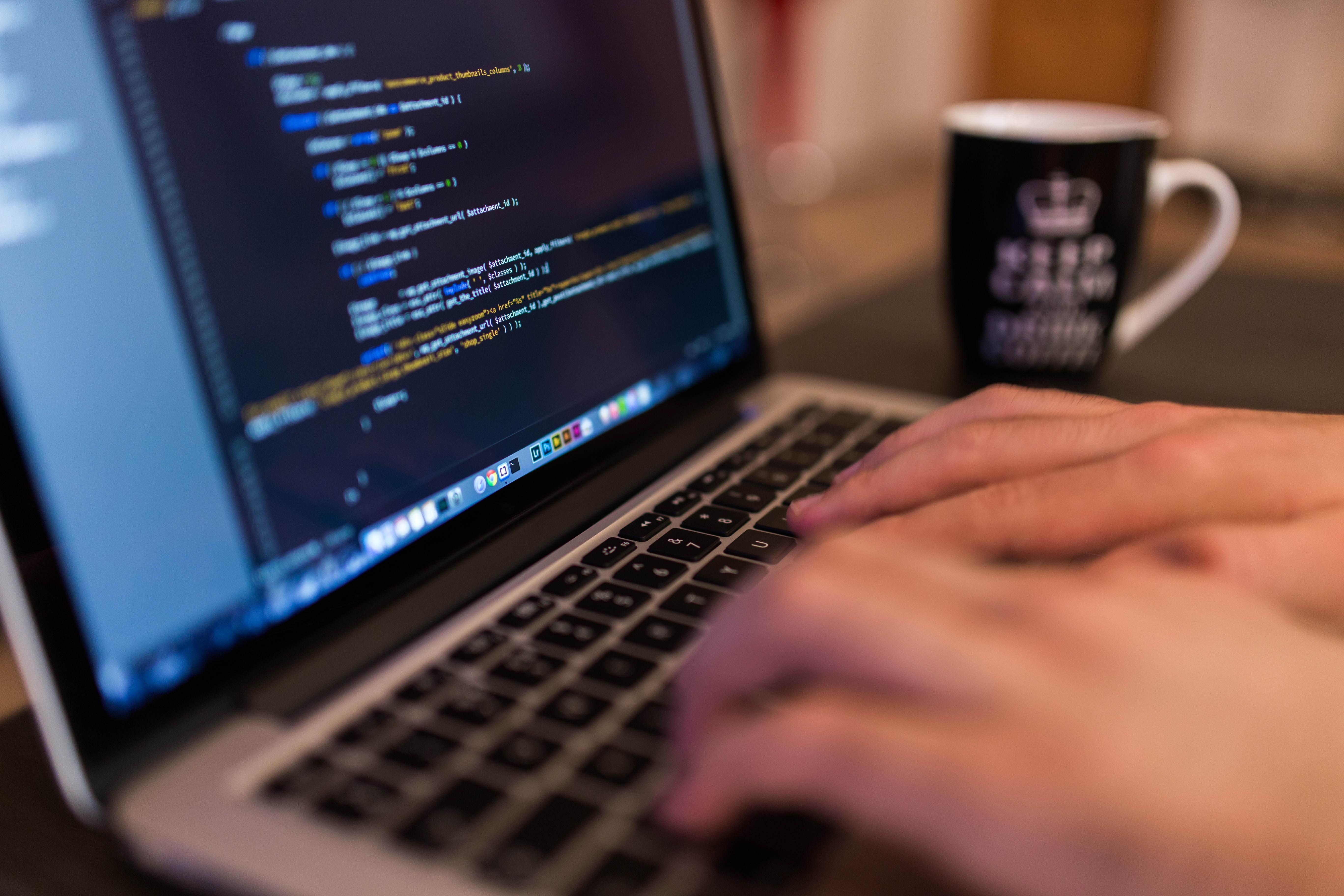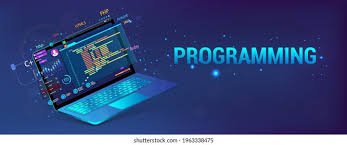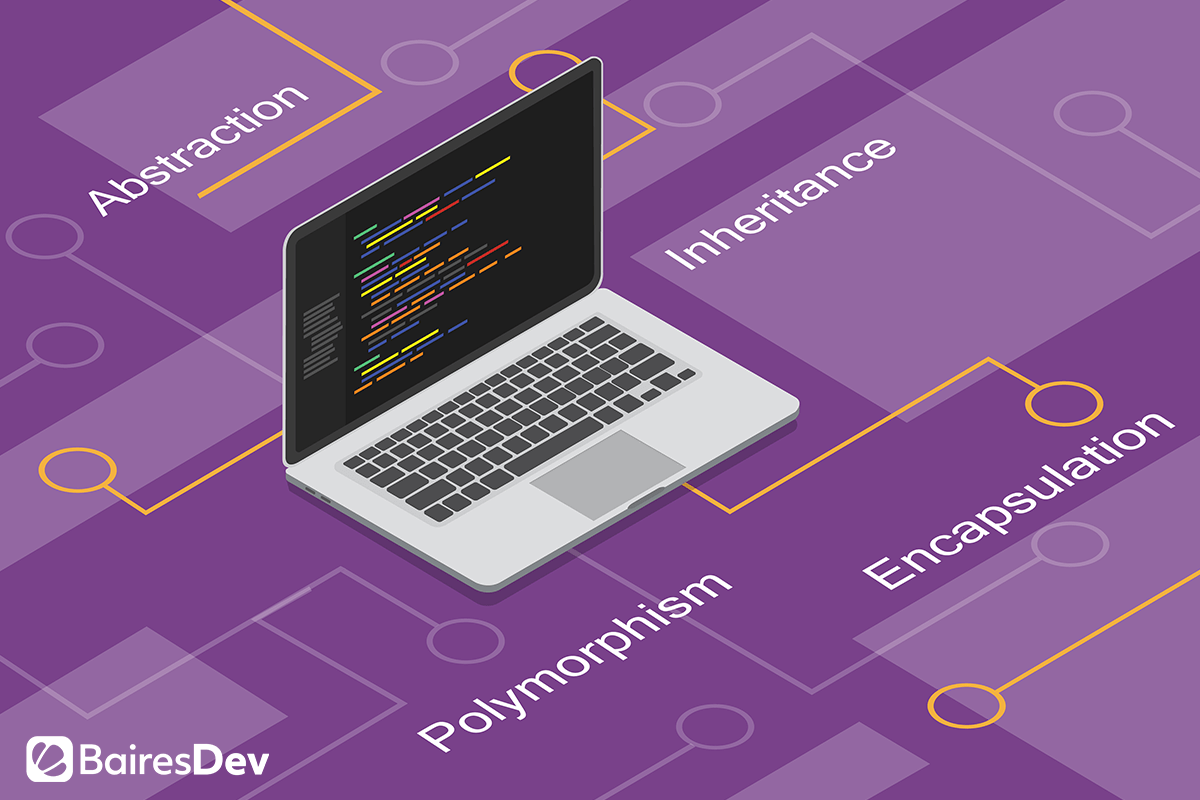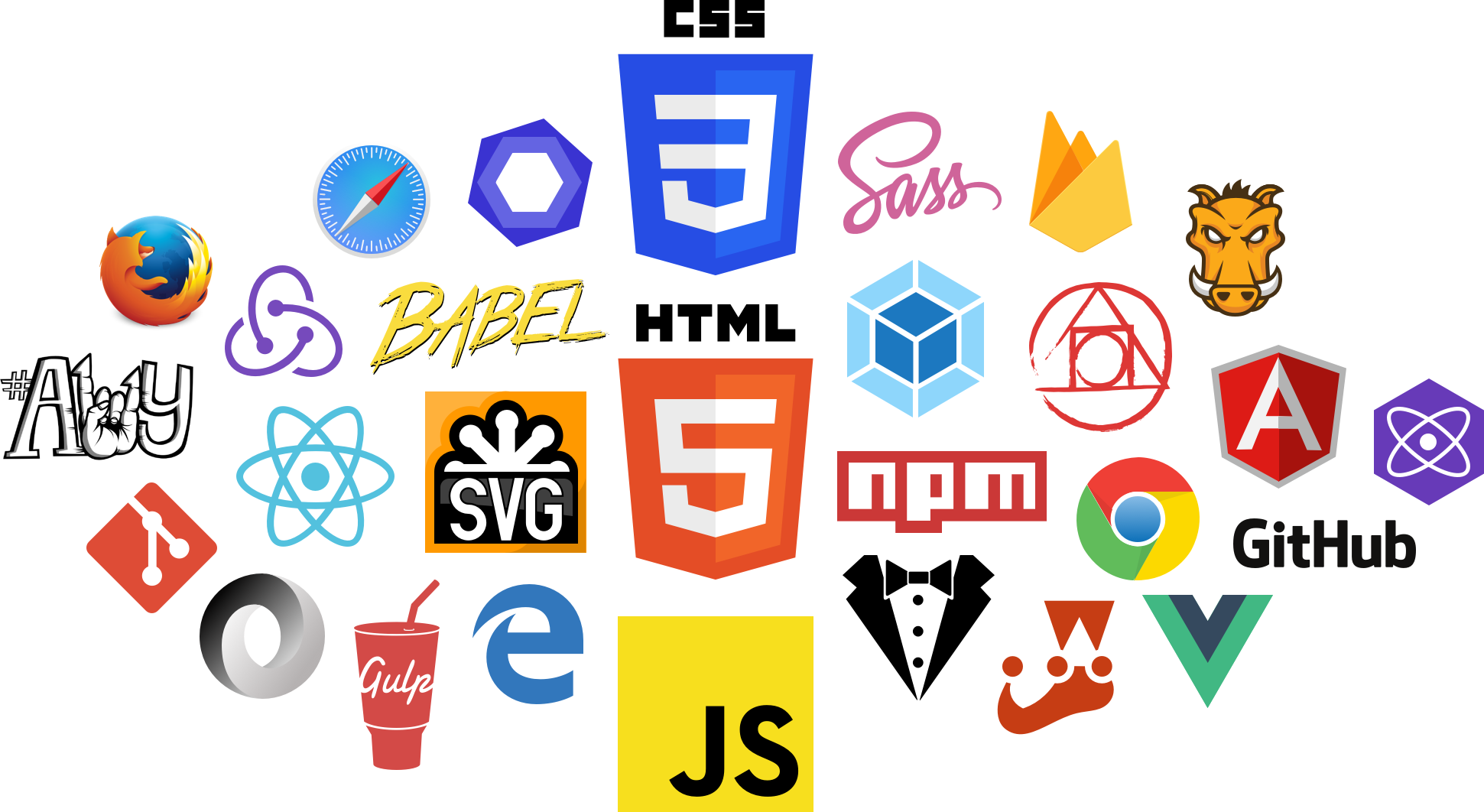
Software Design and Development
This course is designed for the students to learn the various concepts, methodologies, tools & techniques necessary in the design and development of a computer-based information system. Students will be given the opportunity to work in teams to analyze a real-world business problem and design an information technology solution.

Programming Fundamentals
This course teaches the student to become competent in a language that makes use of the procedural programming paradigm. It covers the fundamentals of computer programming. The fundamentals of computer programming include program logic formulation (PLF) and the C programming language. Program logic formulation tackles basic problem-solving techniques and the use of flowcharts and pseudo-codes to illustrate program flow. The C programming language serves as a tool to implement their solutions to programming problems. The discussion on C programming includes variables and constants, basic data types, operators, precedence rules, control structures, and functions.

Intermediate Programming
This course teaches the student to become
competent in a language that makes use of the procedural programming paradigm.
It covers the advanced topics in computer programming using C Language. The topics include functions, arrays,
pointers and strings, structures and file handling with data abstraction.
Data Structures and Algorithms
This course builds the foundation for core concepts in the algorithms and complexity knowledge area. The fundamental data structures and algorithms and basic computability and complexity knowledge units are covered in this course.

Human Computer Interaction
Human-computer interaction (HCI) is a multidisciplinary field of study focusing on the design of computer technology and, in particular, the interaction between humans (the users) and computers.

Information Management

Introduction to Computing
This course deals with introductory concepts about computers, data processing, information technology and its varied applications, and their effects to society. These concepts include, among others the different parts that make up a computer hardware system, their respective functions, different forms of I/O and storage devices, computer arithmetic and number systems, software concepts and classification as well as computer and information technology applications. It provides a hands-on environment with the use of operating system software and it also provides students practice in navigating, understanding, and using the internet for making research work relative to the subject.

Object Oriented Programming
The course introduces the concept of object-orientation. This deals with the basic concepts and terminologies used in object-oriented programming such as classes, methods, properties, and relationships. This also introduces program development with graphical user interface. This course makes use of the Java language to develop the applications.
